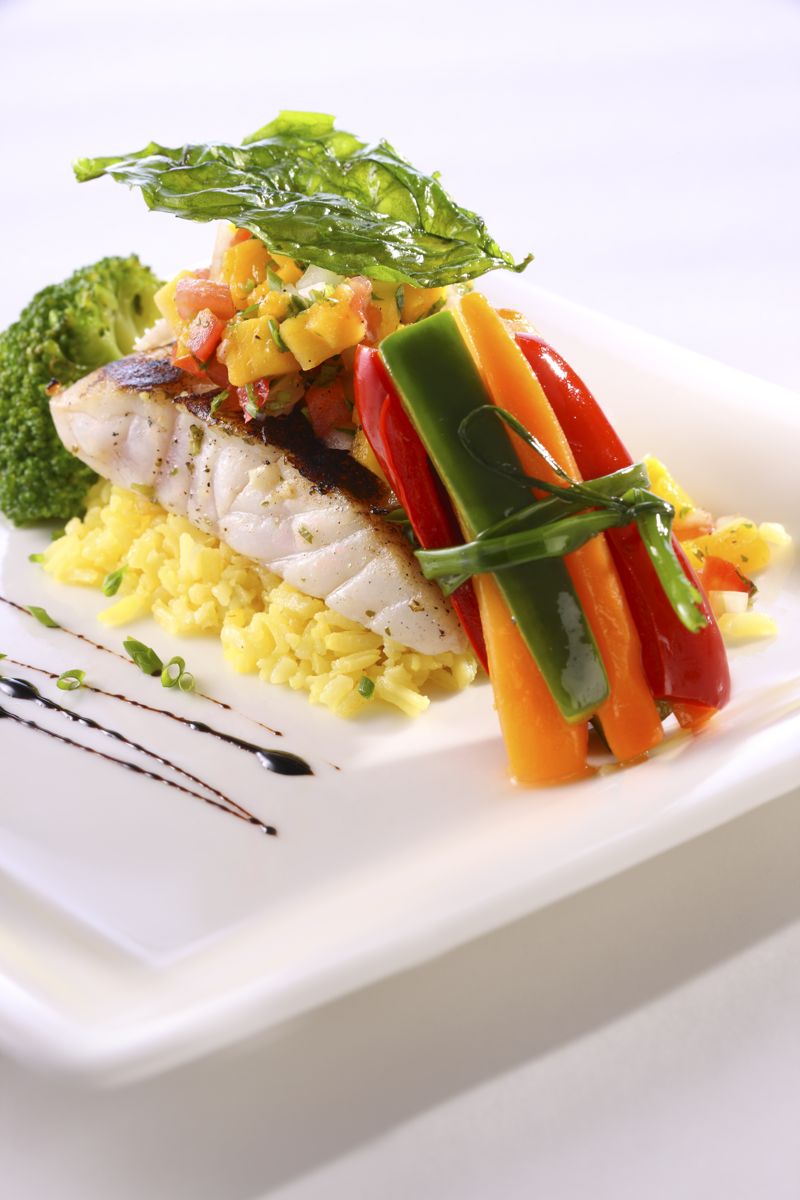
Ron Wong
86-13380258855
sales@rongroup.co

1. Complement the Flavors
Garnishes should complement and enhance the natural flavors of the dish without overwhelming them. In Italian cuisine, where the focus is often on fresh and high-quality ingredients, it's crucial to choose garnishes that align with these values. For example, a sprinkle of fresh basil can bring out the freshness in a tomato-based pasta sauce, while a dash of grated Parmesan adds depth to risottos and pasta dishes.

2. Keep It Simple
Italian cooking is known for its simplicity and focus on quality, and this principle should extend to the use of garnishes. Simple, fresh ingredients can provide color and texture without making the dish too complex. For example, a few arugula leaves on a pizza add a peppery crispness that complements the softness of the melted cheese and the acidity of the tomato sauce.
3. Enhance Presentation
The visual appeal of a dish can be just as important as its taste, especially in a fine dining context. A well-chosen garnish not only adds color and life to a dish but can also reflect the care and creativity of the chef. A strategically placed sprig of rosemary on grilled meats or a few edible flowers on a dessert can transform a simple dish into a culinary artwork.

4. Consider Seasonality
Utilizing seasonal ingredients as garnishes not only ensures that they are at their peak of flavor but also aligns with the Italian culinary tradition of using fresh, local produce. Seasonal garnishes reflect the time of year and can provide a connection to the local environment and its produce. For instance, using fresh figs in late summer or shaved truffles in the fall can elevate a dish while rooting it in its specific season and region.






Ron Group
86-13380258855
sales@rongroup.co
